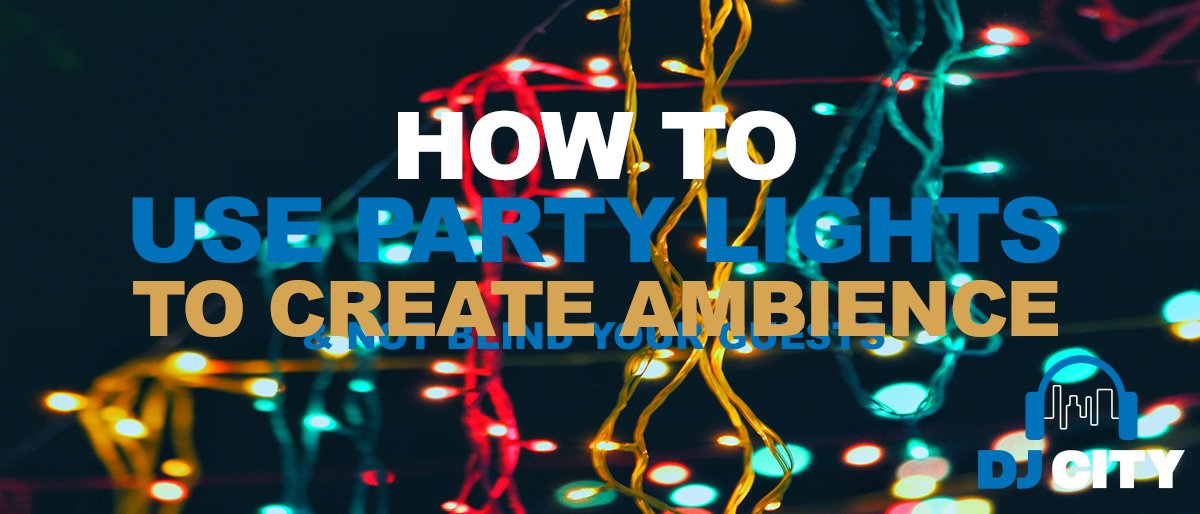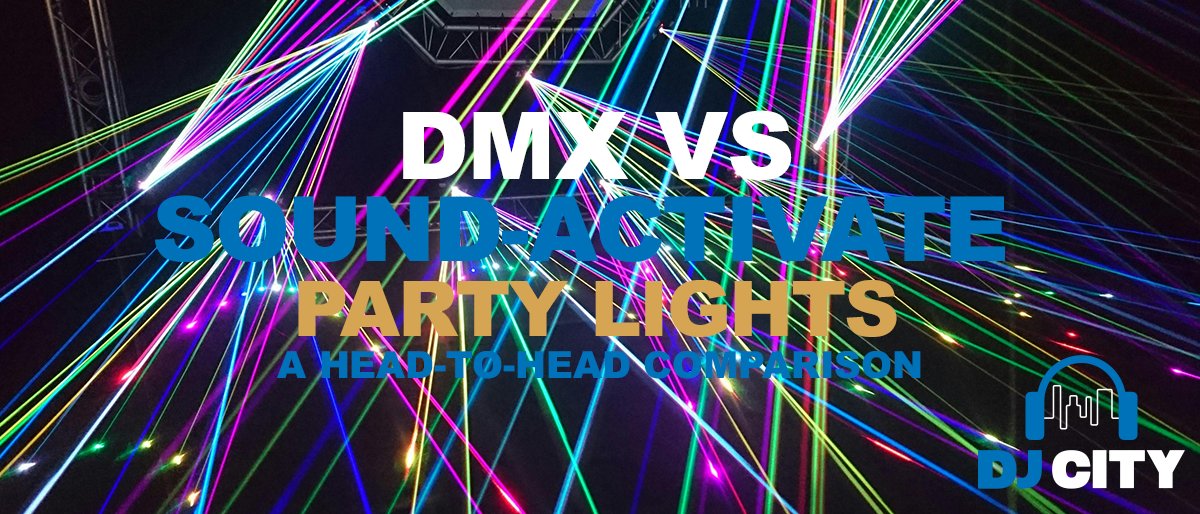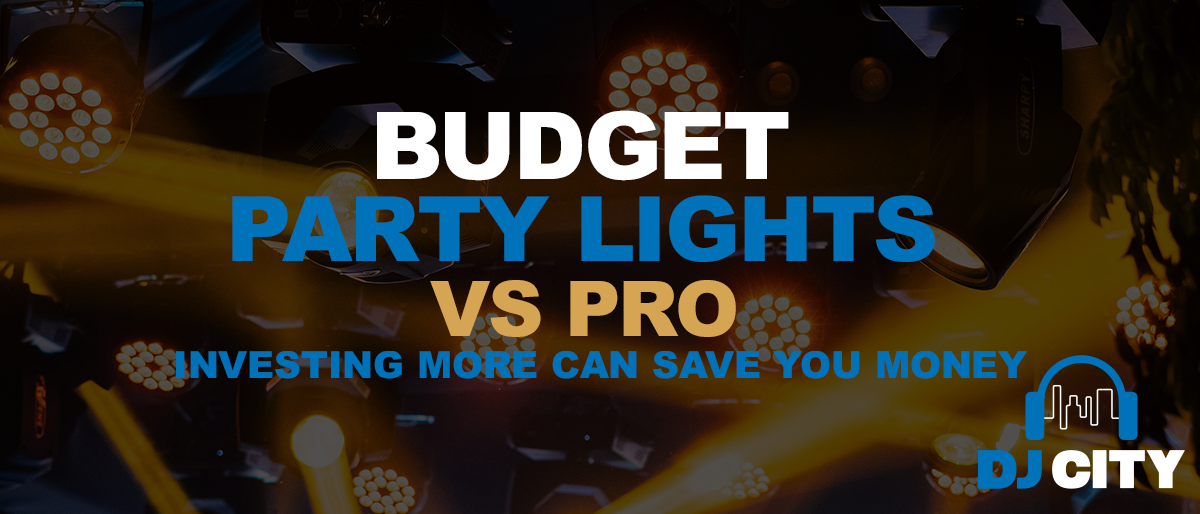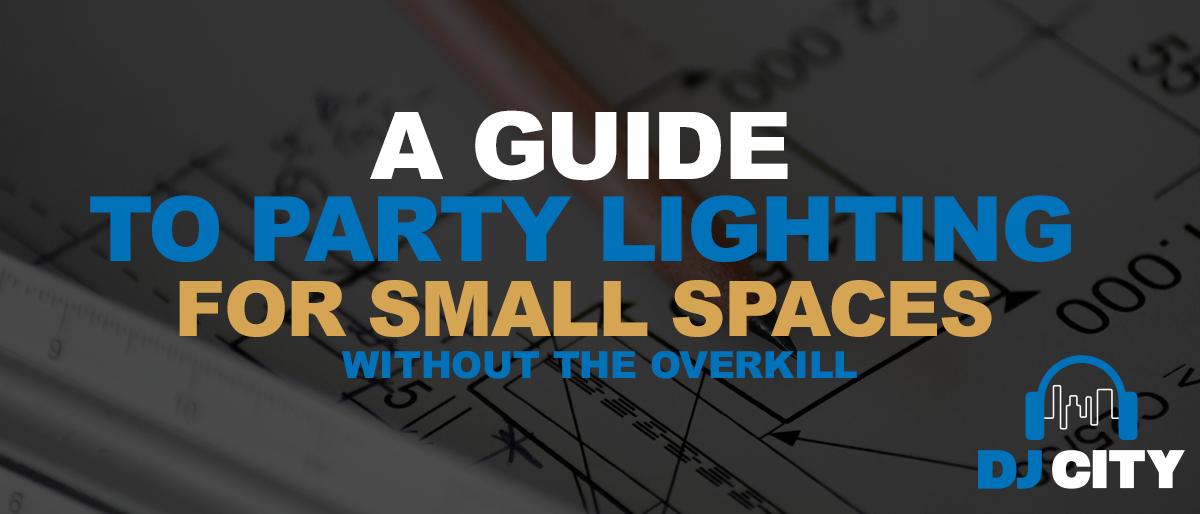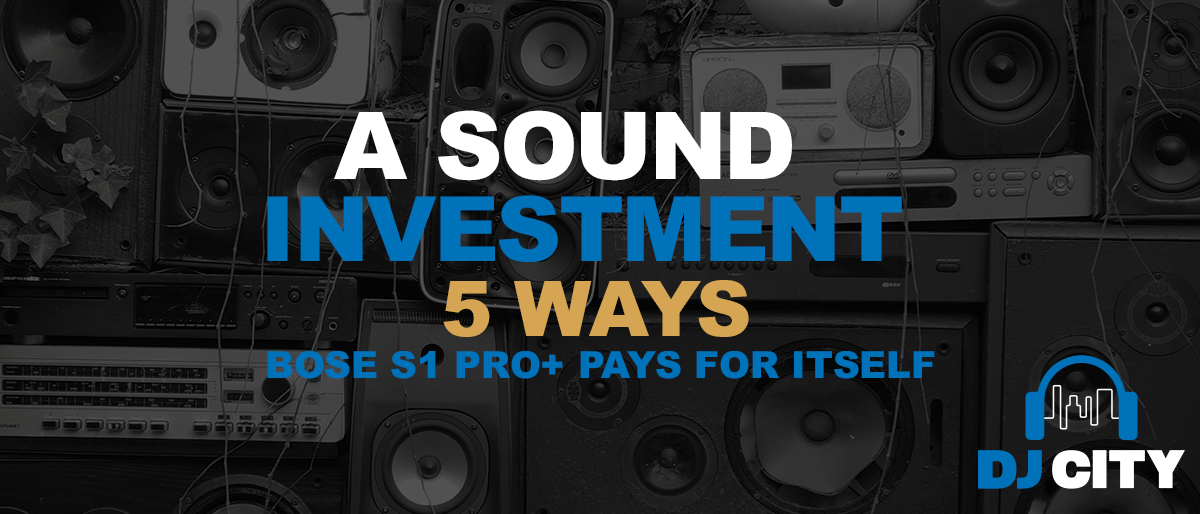
Why EVERY DJ should learn how to scratch?
These days, every DJ knows how to push buttons, play music, and smash the beat-sync button. But how many DJs can prove themselves on the crossfader when it comes to being able to scratch? In the early days of hip-hop especially, you had to be able to manipulate vinyl like a god before you could even call yourself a DJ.
Today, the artform of scratching is seemingly becoming lost thanks to the advancements of digital DJing.
In this article, we cover the history of scratching, why EVERY DJ should learn to scratch, and some of the best tips to help you get started!
- What is scratching?
- Who invented scratching?
- Why every DJ should learn to scratch!
- What Equipment do you need
- How to scratch for beginners!
What is scratching?
To put it simply, scratching is a technique where the DJ/Turntablist moves a record back and fourth on a turntable in order to produce the unique sounds and effects that we call scratching. The DJ will also be using a crossfader on a DJ mixer to cut between two records simultaneously.
Scratching originated during the emergence of hip hop music in the 70s and is still primarily associated with the genre. It’s also still widely regarded as one of the most valuable skills a DJ can have. Which is why you’ll find a number of dedicated scratching competitions held all around the world including the renowned DMC World DJ Championship heavily sponsored by Rane & Serato.
In competitions like these, DJs are limited to turntables, DJ mixers, and a DVS System of their choice in which the DJs manipulate records to create entirely new sounds.
Then, in hip-hop songs, you’ll find hip hop producers & DJs regularly scratching the hooks of their songs by using vocal samples found in other songs.
Although its a technique primarily used within Hip Hop, scratching can also be used in a number of different genres including rap-rock, rap metal, and nu-metal.
Who invented scratching and where did it start?
It’s crazy to think about how the art form of scratching started, and how it’s since grown into arguably one of the most important skills a DJ can have!
Scratching all started when a young Grand Wizard Theodore accidentally invented it! That’s right, he was playing records in his room when his mum walked into the room to speak to him. Not wanting to lose track of the record he was playing and listening to; he stood there moving the record back and fourth whilst he was speaking to her.
Grand Wizard Theodore thought it sounded cool, so he experimented some more, and from there, scratching was born! He can also be credited for inventing the needle drop as well. A technique where you start spinning a record, before dropping the needle at the exact spot you want the music to play, all without cueing up the record in advance.
Check out this video below where Grand Wizard Theodore discusses hip hop and how he invented scratching.
Why should you learn to scratch?
One of the big skills
Scratching was an instant hit back in the ’70s and ’80s and it’s now forever engrained in the culture of DJing. So alongside beat matching, mixing, and reading the crowd, scratching is a must-have skill for serious DJs. Just ask anyone to give you their best impression of a DJ and without a doubt, you’ll see them impersonating a scratching motion with one hand on their ears and another on their imaginary decks. So there’s no reason you shouldn’t be able to replicate what the less-informed consider “DJing” to begin with!
Respect the history
Following on the points above, scratching is apart of DJing history. Before there were digital DJ controllers and beat-sync buttons, you couldn’t call yourself a DJ unless you knew how to scratch. So what better way to pay homage than to learn the skills of the DJs that came before you. It’s only going to increase your rep as a DJ and improve your skills in all areas on the turntables!
Crowds love it
Sure, YOU know how much work you put into crafting the mix that you’ll be playing during your set. Cueing up the right songs, planning the build-ups, mixing in key, the list goes on. To the untrained person, you’re simply just “pressing buttons”. But when you whip out a complex scratch technique, the crowd definitely knows and appreciates that what you’re doing requires some serious skill! You can get pretty creative with it too, and it can get pretty exciting for the audience, it’s all part of the showmanship that comes along with being a DJ!
I’ve never been to a show where a DJ showed off his scratch routine and the crowd hasn’t gone crazy.
Here’s an example where DJ Mathematics of the Wu-Tang Clan performs a scratch routine with his hands cuffed! As you can tell, the crowd absolutely loves it!
You can scratch in ANY situation
Scratching may have evolved with hip hop thanks to Grand Wizzard Theodore and Grand Master Flash. But that’s not to say you can’t scratch with other genres and in other scenarios. If you’re DJing in the club or at a wedding, it might seem a little risky to pull out your scratch routine but if you pull it off, you’ll reap the rewards. You’re guaranteed to grab the attention of your audience as well as gaining their respect for you as a DJ. Not to mention there’s every chance it leads to a full dancefloor and even the potential to make future bookings.
It’s another way to express yourself
As a DJ, you express your personality through the songs you’re playing during your set. Add scratching into the mix and you’ve got just another outlet for adding your own personal flair to your performance. Think of it like being a chef, everyone spices things up in different ways. Scratching gives you the opportunity to add your individual seasoning to your performance!
It’s not easy, but it’s worth it
Learning to & becoming a master of the scratch is certainly no easy feat. But its super fun and is all the more rewarding when you can pull it off on stage. You didn’t invest hundreds and even thousands of dollars on your DJ equipment only to blend in with the crowd.
Why can’t so many DJs scratch?
There are two primary reasons why some DJ’s don’t know how to scratch. It comes down to them either not wanting to invest the sheer time and effort it takes into learning the craft. Or the other, DJs who play other genres don’t see scratching being incorporated into their sets.
But don’t let that stop you! If you really can’t use scratching during your usual performance, maybe learning to scratch will open your eyes to other genres of music.
What equipment do you need?
If you already have a DJ Setup, you won’t need much more than two DJ turntables and a mixer with a decent crossfader. Though you can also perform scratching using a DJ controller or the club-standard CDJs. You’re also going to need some records, sounds or samples to scratch with!
-
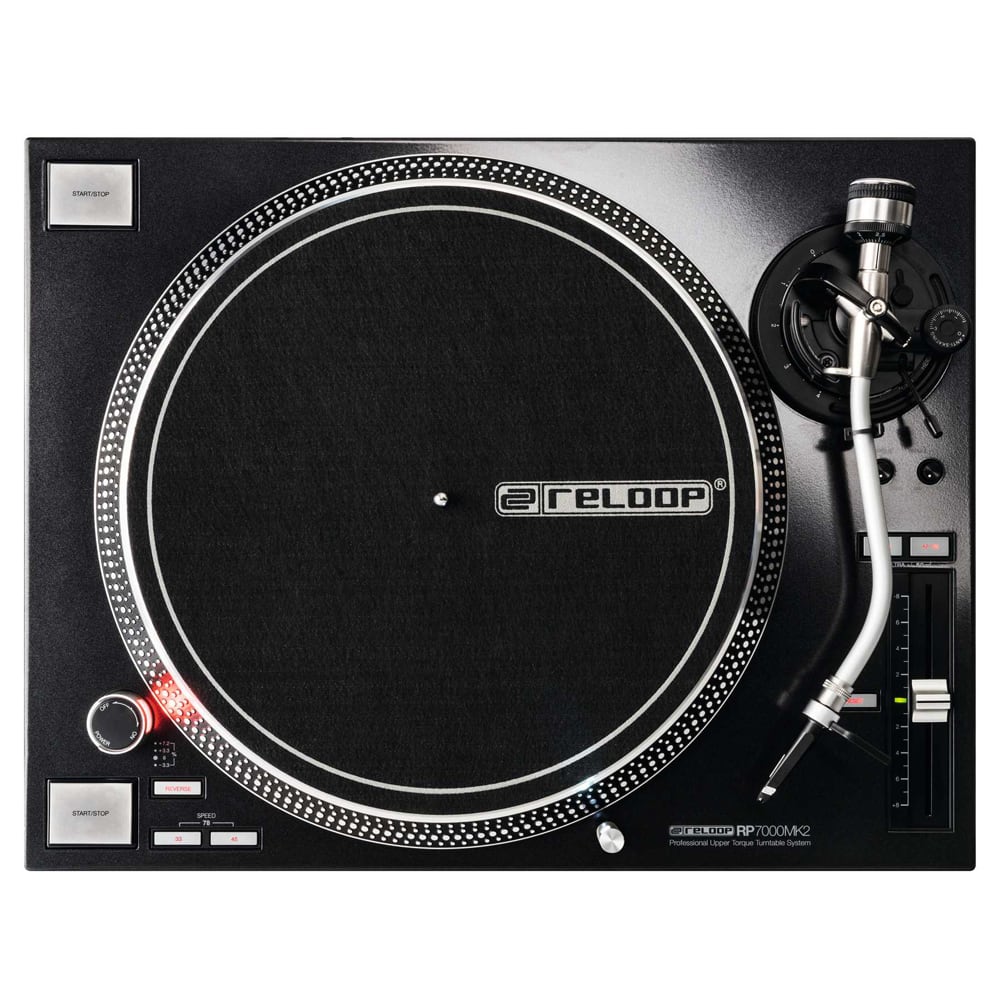 Free ShippingOriginal price was: $699.$594Current price is: $594.
Free ShippingOriginal price was: $699.$594Current price is: $594.Reloop RP-7000MK2 Direct Drive Scratch DJ Turntable – Black
-
 Free Shipping$499
Free Shipping$499Reloop RP-4000 mk2 Direct Drive Scratch DJ Turntable – Black
-
 Free Shipping$599
Free Shipping$599Pioneer PLX-500 Direct Drive Scratch DJ Turntable – Black
-
 Free Shipping$249
Free Shipping$249Gemini TT-1100USB Belt Drive DJ Turntable with USB
DJ Turntables
DJ Turntables are the perfect way to scratch with vinyl. These specialized record players feature all the controls and functionality you need to mix, create, and scratch during your sets. Keep in mind you’ll also need to make sure you have a designated turntable cartridge if your turntable doesn’t already come with one!
DJ Mixer
The DJ Mixer remains the heart and soul sitting between your DJ setup. Presuming you’re operating a set of DJ Turntables, you’ll need a separate mixer that lies between the two. The same goes if you’re using CDJs, however, you’re not going to get the same analog feeling and effect you would from classic vinyl turntables.
On the other hand, if you’re using a controller, you’ll already have a mixer and crossfader sitting between your two jog wheels.
-
 Free Shipping$2099
Free Shipping$2099Reloop ELITE DVS Performance Mixer
-
 Free Shipping$219
Free Shipping$219Reloop RMX-10BT Compact Bluetooth 2-Channel DJ Mixer
-
 Free ShippingOriginal price was: $2499.$2259Current price is: $2259.
Free ShippingOriginal price was: $2499.$2259Current price is: $2259.Rane Seventy – 2-Channel Precision Performance Battle Mixer for Serato DJ
Digital Vinyl System (DVS)
If you’re using traditional DJ Turntables and a mixer, you’ll also want to get your hands on a digital vinyl system, better known as a DVS or Timecode. Essentially, DVS allows you to integrate your digital music collection with your analog turntables for DJing. So it’s the perfect solution for scratching while giving you the authentic vinyl feel! DVS works by sending a time coded signal from your control vinyl that allows you to take control of your DJ software in real-time! The most popular DVS options include Serato, Traktor, and Pioneer DJ‘s Rekordbox.
-
 $39
$39Traktor Scratch Control Vinyl N mk3 – Black
-
 Free Shipping$65
Free Shipping$65Serato 12” Performance Control Vinyl Red- Pair
-
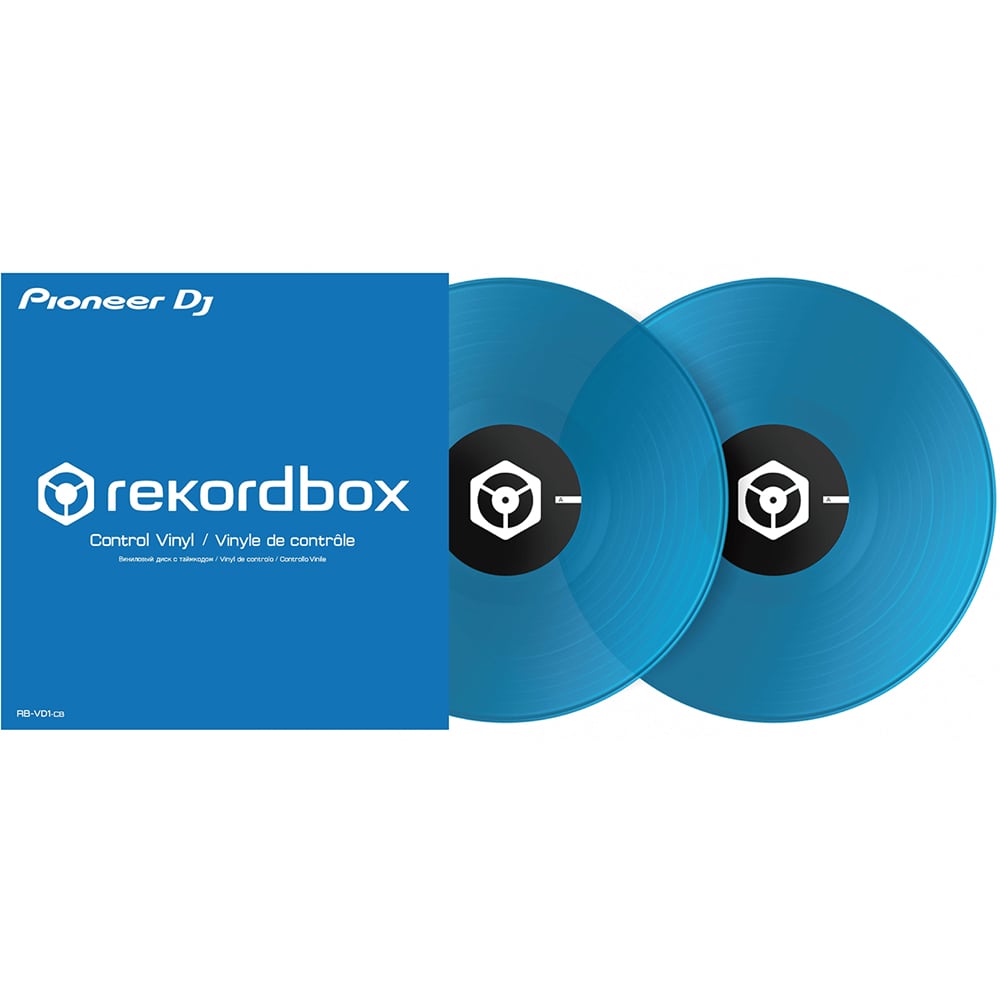 Free ShippingOriginal price was: $79.$65Current price is: $65.
Free ShippingOriginal price was: $79.$65Current price is: $65.Pioneer DJ RB-VD1-CB Rekordbox DVS Control Vinyl – Clear Blue (Pair)
-
 Free Shipping$59
Free Shipping$59Serato X Thud Rumble Weapons of Wax #4 Buzz
Scratch Sounds
Now, if you’re using timecode vinyl, you’ll be able to find a heap of scratch samples online to get you started. You can also find scratch vinyl records that are filled with samples specifically designed for scratching.
So what do you look for in a scratch sample? Two of the most iconic and well-known scratch samples are the “Ahhh” and “Fresh” samples originally found in “Fab Five Freddie – Change The Beat”. Listen to these original samples below from around the 3:35 mark. Find a FREE download of the scratch samples here.
Tips for Beginners
If you’re a beginner and you want to know how to scratch. The best way to start is to familiarise yourself with these 3 simple scratches; the baby scratch, the scribble scratch, and the drag scratch.
The Baby Scratch
The baby scratch is the most basic scratch of them all, and whether you’re using CDJs, a DJ Controller, or Turntables, the fundamentals remain the same. Simply find the start of your scratch sound either on your vinyl, or the screen on your CDJ or DJ software. Then, you want to move the jog wheels or record back and fourth to manipulate the sound.
First, try doing this without any music. Then once you start hearing some sounds you like, drop a beat over it and see where it takes you. With the baby scratch, you don’t even need to touch the crossfader, which is why it’s the perfect scratch to get you started. Once you’ve mastered this, then you can move on to the scribble scratch!
The Scribble Scratch
The scribble scratch takes the same technique used in the baby scratch but performed by moving the record faster, either double or triple time. This creates a slightly different effect that takes a little bit skill to perfect!
The Drag Scratch
Cue the start of your sound, and open the fader. Then move your sound back and fourth from 9 o’clock to 12 o’clock position. Like before, start off by practicing without a beat, then add in some music once you’re feeling comfortable. Once you’ve mastered that, it’s time to start working in the crossfader!
The Chirp Scratch
If you’re ready to start incorporating the crossfader, the next scratch you should learn is the chirp scratch!
To do this, start by cueing up your record with the crossfader open. Then, push the record forwards so you only hear a small amount of the sound while simultaneously closing the fader. Drag your record back, and open the fader. Essentially, you’ll be doing a simple baby scratch with one hand, and cutting off the sound with the fader as the sound begins. As a result, you’ll have a sound that’s comparable to birds chirping!
1 Click Flares
Now, getting a little trickier, we move onto 1 click flares. Master this and you’ll go a long way to mastering the art of the scratch!
Start with the fader open and push the record forward. Halfway through the sound use the fader to cut the sound in half with a simple click of the crossfader. This gives you two sounds out of one!
Then, drag the sound backward and cut it in half again. Giving you 4 sounds all up, and making a simple scratch much more complex!
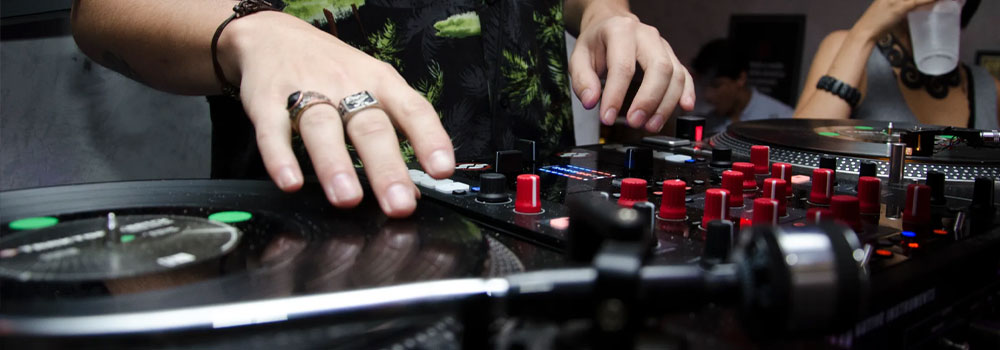
The Final Say
There you have it, hopefully this article has taught you a thing or two about the history of scratching, and giving you the building blocks you need in order to get started!
You might also like the following articles:





